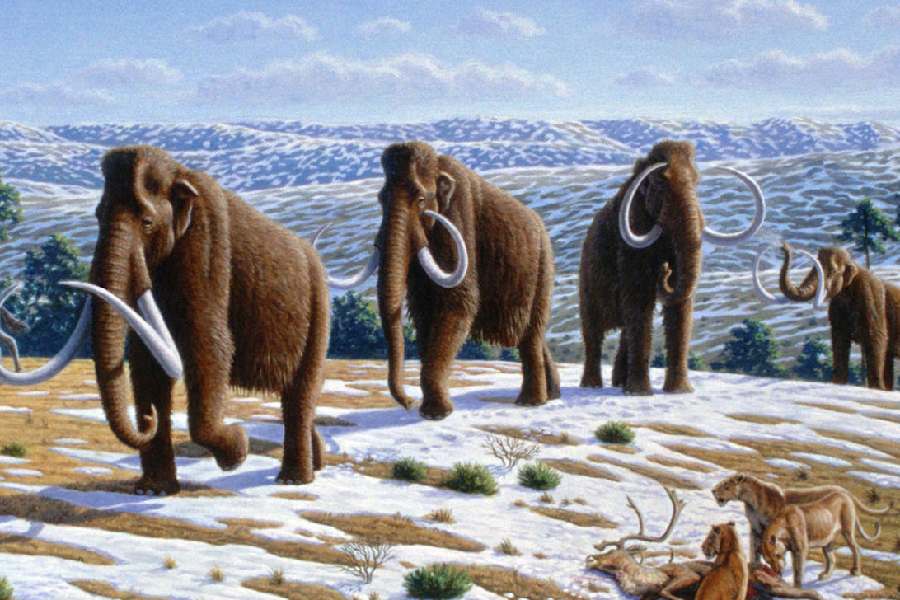A company in Dallas has genetically engineered mice with traits of the woolly mammoth and eventually wants to bring such extinct species back to life in what anyone who has seen the Jurassic Park films would perhaps call a bad idea.
Colossal Biosciences has genetically engineered mice with traits of the extinct woolly mammoth, marking a step toward the company’s goal of reviving the species, NPR reported.
Scientists at the Dallas-based company implanted genetically modified embryos into female lab mice, leading to the birth of the first 'woolly mice' in October. The company announced the development on March 3 and published a scientific paper detailing the work.
Beth Shapiro, Colossal’s chief science officer, said the project validates their approach to de-extinction. "For us, it's an incredibly big deal," Shapiro said to NPR. "This is really validation that what we have in mind for our longer-term de-extinction project is really going to work," she added.
The research team compared mammoth DNA with that of African and Asian elephants — the mammoth’s closest living relatives. They identified genes responsible for key traits, such as thick, woolly hair and a fat metabolism suited for cold climates. These genes were then introduced into mice to test their effects.
The genetically modified mice developed longer, golden-colored woolly coats and fat similar to that of mammoths, Colossal reported.
"And this is the way that we're going to create mammoths for the future," said Shapiro.
Some researchers see the woolly mice as progress in studying genetic traits.
"I'm pretty skeptical about this, but that mouse is pretty adorable," Vincent Lynch, a University at Buffalo biology professor, told NPR.
However, Lynch and others are uncertain whether similar modifications would work in elephants.
The project has drawn criticism from conservationists who argue that efforts should focus on preserving existing species rather than bringing back extinct ones. Others question the ecological impact of introducing mammoth-like elephants into the Arctic.
"I don't know what the downside of having a bunch of hairy Asian elephants stomping around in the tundra might be," Karl Flessa, a geosciences professor at the University of Arizona, told NPR. "I don’t know what would happen. They don’t know what would happen.”
Colossal argues that reintroducing mammoth-like creatures could help restore ecosystems.
The company expects to create mammoth-like embryos by next year and aims to produce its first calves by 2028.
Colossal is also working on reviving other extinct species, including the dodo and the Tasmanian tiger.











